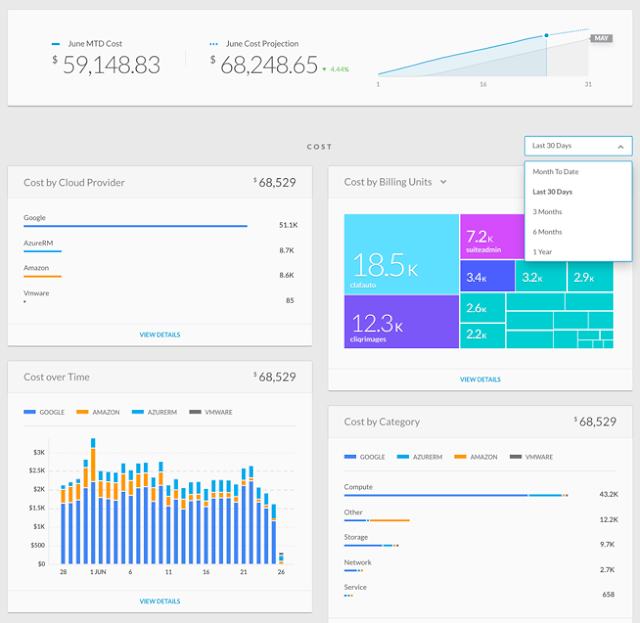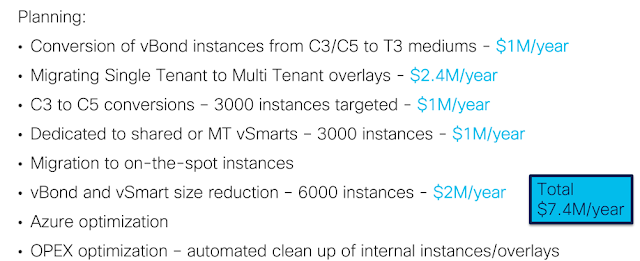In previous posts I've described the advantage provided by managing the infrastructure the same way developers manage the application code.
Infrastructure as Code means using the same toolset (version control systems, pipeline orchestrators, automated provisioning) and same processes for building, integrating, testing and releasing the system that are used in the release cycle of a software application. This approach has a positive impact on speed, reliability and security end to end.
Together with Ansible, Terraform is one of the most used tools in the automated provisioning space, and many organizations use it when they adopt Infrastructure as Code. The availability of plugins (Terraform Providers) for almost every possible target (physical and virtual servers, network and storage, cloud services, etc.) makes it a common platform for automation: a "de facto" standard.
As many other technology vendors, Cisco offers Terraform Providers wrapping the API of their products, especially for Data Center and Cloud technologies. The Nexus family of switches, that includes the ACI fabric architecture, makes no exception. You can provision and manage the ACI fabric easily with Terraform (as well as with Ansible), and many examples and reusable assets are available at DevNet.
Generally, Terraform Providers surface the object model of the target system so that resources and the their relationships can be managed easily in a configuration plan, representing the desired state of the system. You need to understand how that particular system works and, in some cases, to manage the relationships among managed objects identifiers explicitly.
This is an example of creating a tenant in ACI, and a VRF contained in it:
For this reason Cisco has created a module called Nexus as Code, that sits on top of the standard ACI provider for Terraform, hiding the perceived complexity and offering a simplified object model. The objects that are contained in each other are simply nested and represented in a way that's very close to the conceptual representation of the logical architecture (represented by the following picture)
Nexus as Code can be seen as a (optional) component in the Terraform solution to automate ACI and other network controllers from Cisco.
Using a configuration language as simple as YAML, nesting is represented with indentation in Nexus as Code. This example corresponds to the HCL snippet above:
This format is particularly suitable for copy/paste operations, that make it easy to clone and modify a template so it is ready for a new project.
If you start from the example above, simply copying one line you can have one more VRF created and contained in the same tenant. Definitely simpler that doing the same in a HCL file, and encouraging for a network engineer the first time he/she uses Terraform.
Everything you need is a folder to store one or more YAML file defining the desired state of the ACI fabric, and the installation of the Terraform binary file (free download from here). After that, you will just use the following two commands:
terraform init (that makes sure that the needed providers are installed, and eventually downloads them automatically)
terraform apply (that reads the input, evaluates changes required to align the state of the target fabric to the desired state, then call the API of the ACI controller)
It simply translates easy-to-manipulate YAML files, that describe your desired state, into plain Terraform plans that are executed automatically.










































